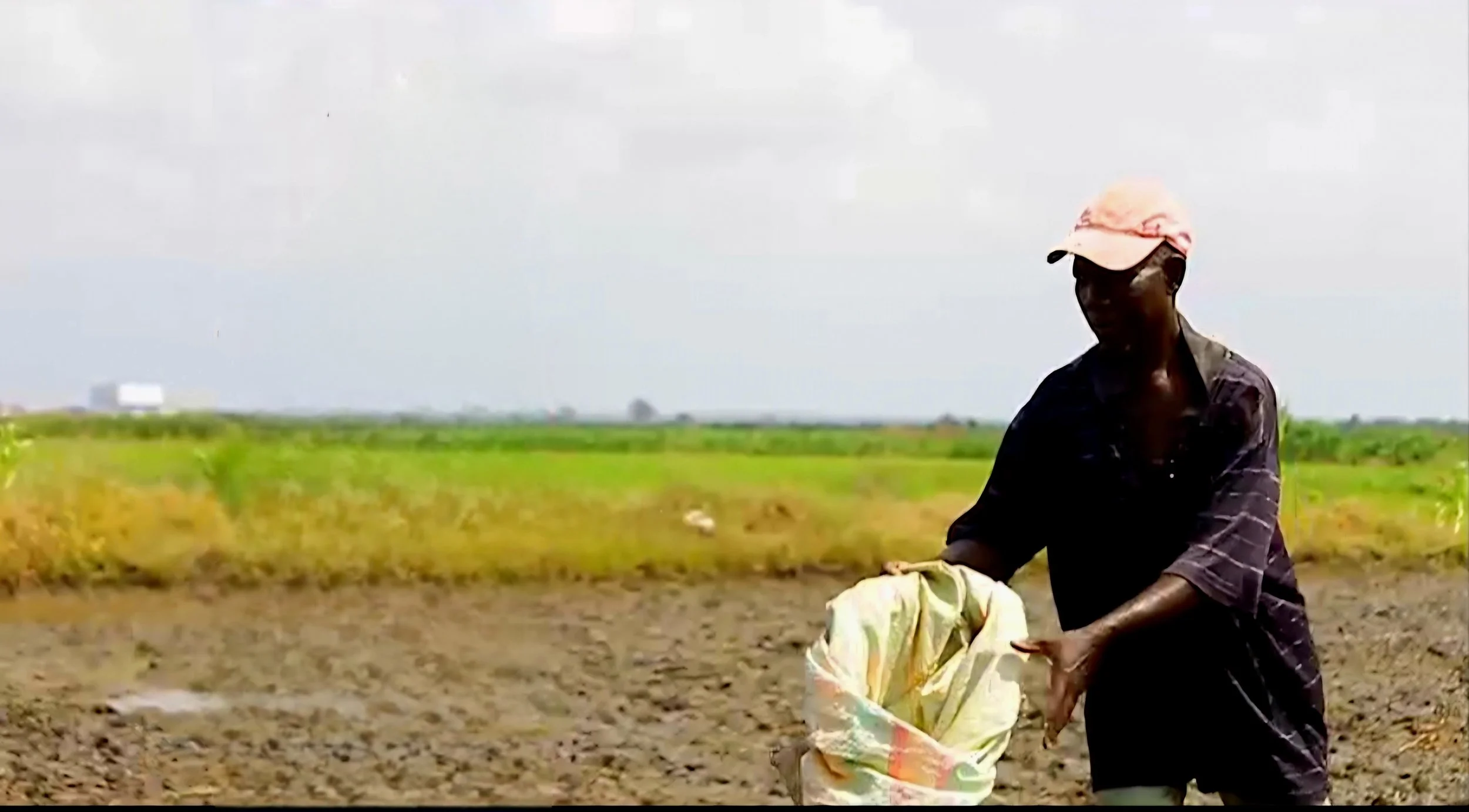RISING FERTILIZER COSTS THREATEN GHANA'S AGRICULTURE SECTOR AND PRICE OF FOOD.
Rice farming in Asutuare under threat due to high cost of produce.
As Ghana's major cropping season approaches, the already challenging task of putting food on the tables of many Ghanaians is set to become even more difficult. The escalating cost of fertilizers is expected to drive up the prices of agricultural produce further.
Staples like kenkey, beans, gari, and waakye, once considered affordable options for the average Ghanaian, are becoming increasingly unaffordable due to rising prices.
A recent report from the International Fertilizer Development Center has highlighted the potential impact of the soaring fertilizer costs on farmers' access to the essential input needed for effective crop production. This is despite a decline in demand for the product.
With the onset of the cropping season, demand for fertilizers is expected to surge. As farmers transition from subsidized rates to market prices, they are likely to encounter higher fertilizer costs. For instance, in Atebubu, a 50kg bag of Urea was priced at GHS 450.00 between January and March, compared to GHS 380.00 of the preceding quarter. Similarly, Ammonium sulphate was sold for GHS 230.00 in Hohoe and GHS 400.00 in Gambaga, indicating both hikes and disparities in pricing.
Comparing the first quarter of 2024 to the previous quarter, prices of fertilizers have seen increases. Ammonium Sulphate, which averaged GHS 277 previously, now sells at an average of GHS 281.00, marking a 2% rise. NPK compound fertilizers, including NPK 15-15-15, NPK 20-10-10, and NPK 23-10-5, have experienced price hikes ranging from 3% to 5%. Urea, which was priced at GHS 406.00 in the last quarter of 2023, has risen to GHS 421.00 in the first quarter of 2024, reflecting a 4% increase.
Notably, food inflation continues to record a significant increase. The Ghana Statistical Service released Consumer Price Index (CPI) for the month of March, saw a month-on-month increase of 1 percent, while year on year inflation food inflation was at 29.6% compared to February with 27.0%. Inflation for locally produced items stood at 26.6%.
In contrast, neighboring Togo has managed to maintain stable fertilizer prices through continued subsidies during the off-season. Fertilizers like Urea and NPK 15-15-15 are being distributed to 230 dedicated stores across the country, meeting the low demand during the off-season when growers focus on market garden and irrigated crops such as vegetables, rice, maize, and groundnuts.

